calsfoundation@cals.org
Titan II Missiles
Following the Soviet Union’s detonation of its first thermonuclear bomb in 1953, the United States began actively developing an intercontinental ballistic missile (ICBM). The Titan II Missile program was a Cold War weapons system featuring fifty-four launch complexes in three states. Eighteen launch complex sites were in Arkansas, from which intercontinental ballistic missiles carrying nine-megaton nuclear warheads could be launched to strike targets as far as 5,500 miles away.
Intercontinental ballistic missile (ICBM) systems were part of a three-pronged nuclear weapon strategy that included manned bombers, land-based ICBMs, and sea-launched ballistic missiles. The ICBMs needed only thirty to thirty-five minutes to reach their targets, making them capable of first strikes on enemy territory. Their powerful warheads were designed to destroy enemy capabilities with one blow. Titan II ICBMs had a range of 5,500 miles, enabling them to hit targets in China and the Soviet Union.
The Titan II program was part of the second generation of ICBMs, and missiles could be launched from within their silos in less than a minute; first generation missiles had to be raised from their silos, fueled, and then launched, which could take up to twenty minutes. Deployment of the Titan II missiles was approved by the U.S. Air Force in 1959. Three Strategic Missile Wings (SMWs), each housing two Strategic Missile Squadrons (SMSs) of nine missiles each, were established at Little Rock Air Force Base in Jacksonville (Pulaski County), Davis-Montham Air Force Base in Arizona, and McConnell Air Force Base in Kansas.
The 308th SMW was based at Little Rock Air Force Base and included the 373rd and 374th SMSs. Sites for eighteen Titan II ICBM launch complexes were selected in Faulkner, Conway, White, Van Buren, and Cleburne counties. Construction on the first—Launch Complex 373-4 near Pangburn (White County)—began on January 3, 1961, and the complex became the first in the 308th SMW to be placed on strategic alert on May 16, 1963, ready to launch its missile at any time. Four-member crews manned each of the 308th’s eighteen launch complexes constantly once they were placed on alert.
Two of the most noteworthy disasters that occurred in the Titan II program took place in Arkansas. The first happened on August 9, 1965, when fifty-three civilian workers perished in an accidental fire while they were modifying Launch Complex 373-4. The second occurred on September 19, 1980, when an explosion destroyed the missile at Launch Complex 374-7 near Southside in Van Buren County.
On September 24, 1981, the Reagan administration announced plans to retire the Titan II program, citing concerns about safety, a need for cost efficiency, and an evolving nuclear strategy focusing on more modern and precise weapons systems. Destruction of the launch complexes required demolition of the launch ducts to a depth of some twenty-five feet, followed by excavation of soil around the silo to that depth. After being left open for six months to allow Soviet satellite confirmation of their destruction, the ducts were filled with debris, capped, covered with dirt, and seeded with grass.
The 374th SMS was formally deactivated on August 15, 1986, and its last launch complex, 374-9 near Quitman (Cleburne County), was demolished on November 19, 1986. The final day of operation of the 308th SMW was July 14, 1987, at Launch Complex 373-8 near Judsonia in White County. Captain J. Neil Couch made the final entry in the complex’s log: “For the last twenty-four years, the men and women of the 308th, 381st and 390th Strategic Missile Wings had endured the elements and boredom to stand as guardians of peace for the free world. We now close another chapter in military history as the mighty Titan; the bastion of peace; the dinosaur of ICBMs now fades away.” The 308th SMW and 373rd SMS were formally deactivated on August 18, 1987, ending more than twenty-five years of service.
Titan II ICBM Launch Complex 373-5 near Center Hill (White County), Titan II ICBM Launch Complex 374-5 at Springhill (Faulkner County), and Titan II ICBM Launch Complex 374-7 at Southside (Van Buren County), with their intact below-ground control centers and above-ground concrete pads, were listed on the National Register of Historic Places in 2000. Titan II ICBM Launch Complex 373-9 Site near Vilonia (Faulkner County), the control center of which was excavated to be used as the Titan Ranch event center, was listed on the National Register of Historic Places on September 14, 2020.
For additional information:
308th Strategic Missile Wing. http://www.308smw.com/ (accessed November 2, 2020).
Anthony, Michael. “Geriatric Giants: Poisonous Leaks at Arkansas’s Titan II Facilities, 1974–1980.” Arkansas Historical Quarterly 81 (Spring 2022): 46–67.
———. “The Sleeping Giant: The Effects of Housing Titan II Missiles in Arkansas and Kansas from 1962 to 1987.” MA thesis, University of Arkansas, 2018. Online at https://scholarworks.uark.edu/etd/2808/ (accessed July 6, 2022).
Cold War Resources Associated with the 308th Strategic Missile Wing in Arkansas Multiple-Property Submission Historic Context. On file at Arkansas Historic Preservation Program, Little Rock, Arkansas.
Stumpf, David K. “We Can Neither Confirm Nor Deny.” In Sentinels of History: Reflections on Arkansas Properties on the National Register of Historic Places, edited by Mark K. Christ and Cathryn H. Slater. Fayetteville: University of Arkansas Press, 2000.
———. Titan II: A History of a Cold War Missile Program. Fayetteville: University of Arkansas Press, 2000.
Mark K. Christ
Arkansas Historic Preservation Program
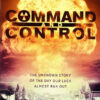 Command and Control
Command and Control Military
Military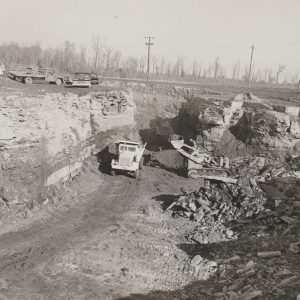 Silo Construction
Silo Construction 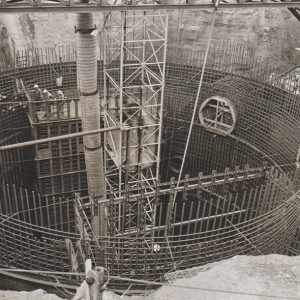 Silo Construction
Silo Construction 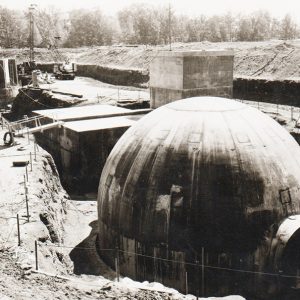 Silo Construction
Silo Construction 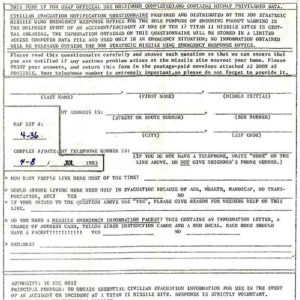 Titan II Evacuation Information Form
Titan II Evacuation Information Form 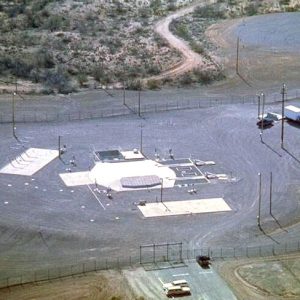 Titan II Missile Complex
Titan II Missile Complex  Titan II Missile Convoy
Titan II Missile Convoy 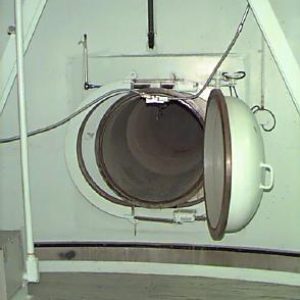 Titan II Missile Escape Hatch
Titan II Missile Escape Hatch 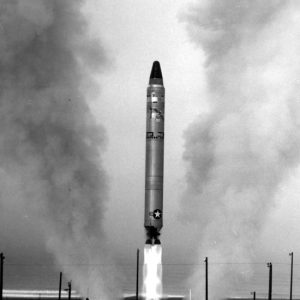 Titan II Missile Launch
Titan II Missile Launch 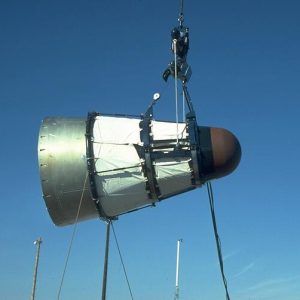 Titan II Missile Warhead
Titan II Missile Warhead 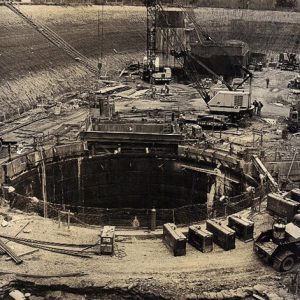 Titan Silo Construction
Titan Silo Construction 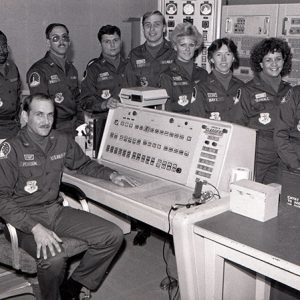 Titan Missile Crew
Titan Missile Crew  Titan II Evacuation Letter
Titan II Evacuation Letter  Titan II Section
Titan II Section 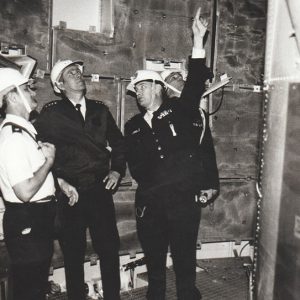 Titan II Tour
Titan II Tour 




My husband, Joe Tyloch, from Buffalo, was a missileer in Davis Monthan AFB in AZ. He worked in the silos from ’66-70. He was exposed, per a study that was done by the government, albeit a flawed study, to UDMH, NDMA, and HYDRAZINE. He developed brain atrophy that can be related to the HYDRAZINE and its ability to alter DNA. He also had NET’S, neuroendocrine tumors in his liver that can be the result of the UDMH. He passed away last year after years of battling the cancer and atrophy.
I’m a former member of the 308th SMW (Titan II Missile Electronics Tech)and the webmaster for a website dedicated to the same: http://www.308smw.com/index.html. We are not directly affiliated with the U.S. Air Force, but we are supported by them. It contains history, pictures, and general information but our main purpose is to act as a common meeting ground for ex-308th members. My greatest pleasure is getting friends back together after 25+ years. It’s difficult to explain, but most of us were very young when we joined the service. We literally ate, slept, worked, and played together. We were given a very difficult and dangerous task (as evidenced by your article on the missile explosion) but we thought nothing of it (I was 19 when this occurred). As a result, we bonded in way that very few people will ever know. As funny as it sounds, once our tours were completed or we were transferred we went on with our lives, went back home, and rarely if ever contacted some of the best friends we ever had in our lives. Our website seeks to correct that. We are proud of our service to our country as well as our Arkansas homes (albeit temporary, although I live in Conway).
I remember hearing about the explosion in 1980. My old buddy from the 381st read the accident report and told me what actually caused it (i.e., not the dropping of the PTS wrench but the actual explosion). But I don’t remember what he said now. A rumor I heard was that a single Standboard guy went into the complex to open an air hatch, but a spark set off the explosion. But, as I remember, my old buddy told me something different. I’d like to have unclassified access to the accident report.
I was in TEAT (Technical Evaluation and Analysis Team) from late ’69 to early ’72. I came in as a brand new 2nd Lt. from OTS and came out as a fresh Capt. I was the electrical engineer for the team. I made the guidance system my specialty. We had one EE, one ME, a BMAT, and an engineer from Martin Marietta. We generally had it pretty easy, almost immune from the IG (but we did have to polish our desk). It was like a firehouse though, hours and hours of pure boredom with moments of sheer terror. Basically when something went so wrong that the TOs did not cover it, then we went out. At times I would spend a few days at the complex to run down problems.
I escorted a photographer around in ’71 so he could take a picture of the complex. I still have that 8×10 picture. It is very much like the picture you have on your site. That was at McConnell in Kansas.
I was assigned to the 390th Missile Wing at DMAFB, AZ. I was honorably discharged in Dec. 1961. After developing cancer, I was requested by my oncologist to look into what I had been exposed to. I was around the rocket fuels and the nine-megaton nuclear warhead in the Titan II Missile silos. After over eight months of research, I discovered that the Air Force does not have any radiation records for personnel (that I am aware of) who were assigned to the Titan II Missile program. They claim there was no protocol for monitoring radiation. I have located a document from an Air Force symposium that was held at VAFB in October 1962 (now declassified) that established the radiation procedures required for monitoring of personnel. This program was never implemented. During early missile days of 1960 to 1985 personnel exposure to rocket fuel UDMH and hydrazine was .5 ppm or (500 ppb). It was reduced in 1995 by the American Conference of Industrial Hygienists (ACGIH) to 10 ppb or 50 times greater than Titan II personnel were allowed to be exposed to. These new limit values were adapted by the Air Force & NASA in 1995.